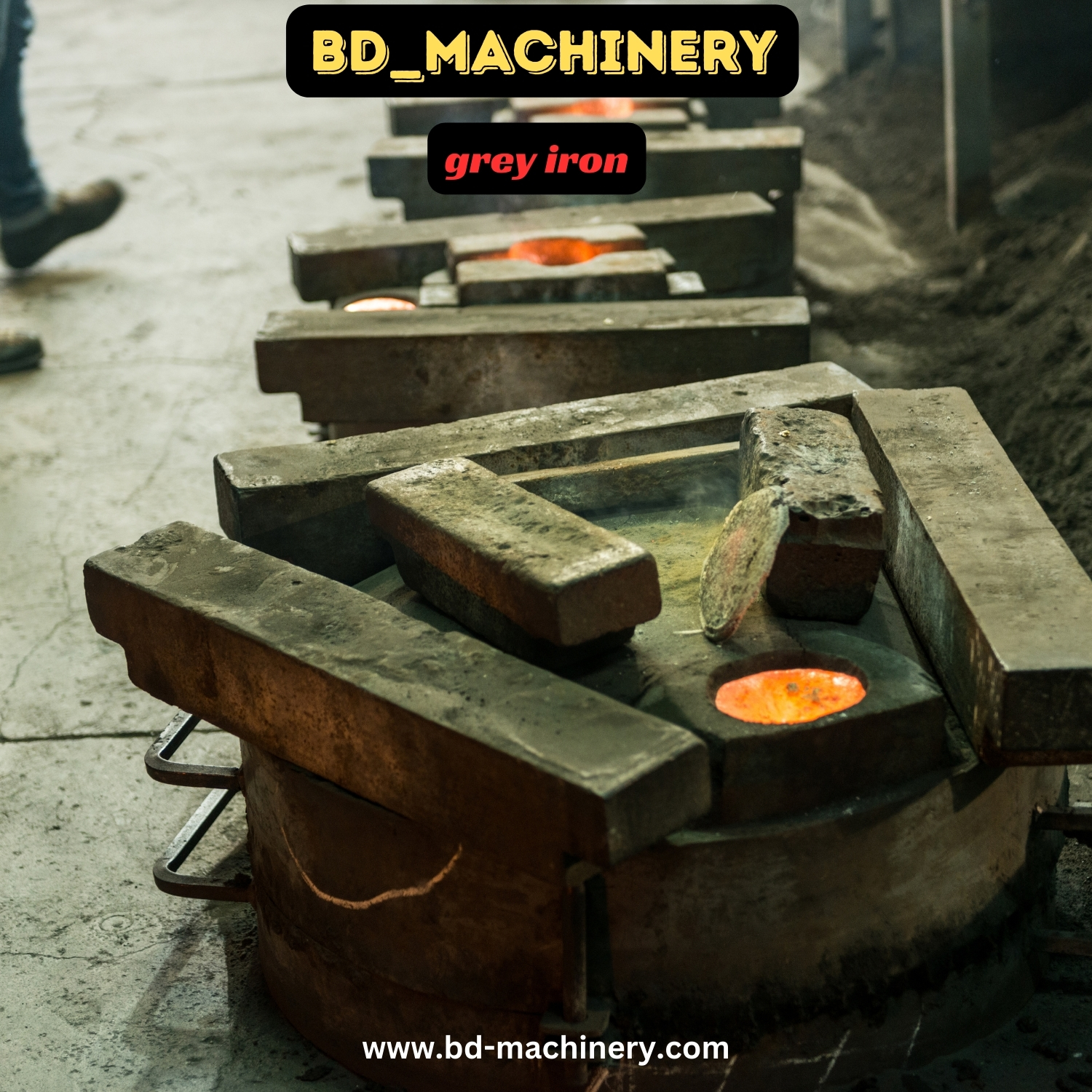- FREE Express Shipping On Orders $99+

Embracing the Strength of Grey Iron: A Comprehensive Guide
In the diverse world of metal materials, grey iron stands out as a versatile and time-honored choice, offering a unique combination of strength, machinability, and cost-effectiveness. As one of the most widely used cast iron alloys, cemented its place in a myriad of industries, from automotive and construction to heavy machinery and beyond. In this comprehensive guide, we will delve into the key characteristics, applications, and manufacturing processes of grey iron, empowering you to harness the full potential of this remarkable material.
At the core of grey iron’s appeal lies its exceptional compressive strength and rigidity. The unique microstructure of iron, characterized by the presence of graphite flakes dispersed throughout the ferrous matrix, provides superior resistance to deformation and fracture. This inherent strength makes iron an ideal choice for components that must withstand high loads, heavy-duty applications, and demanding operating environments.
One of the standout features of grey iron is its exceptional castability. The material’s fluidity and low melting point allow for the creation of intricate, near-net-shape castings with a high degree of dimensional accuracy and surface quality. This advantage, combined with the availability of well-established manufacturing techniques, has made iron a preferred choice for a wide range of casting applications, from engine blocks and cylinder heads to machine tool bases and valve bodies.
In addition to its impressive strength and castability, grey iron also offers exceptional machinability. The graphite flakes within the material’s structure act as natural lubricants, enabling the use of high-speed cutting tools and facilitating efficient material removal during the machining process. This advantage, coupled with iron’s relatively low cost compared to other cast iron alloys, has made it a popular choice for components that require complex geometries and tight tolerances.
The versatility of grey iron extends beyond its physical properties, as the material can be tailored to meet specific performance requirements through carefully controlled alloying and heat treatment processes. By adjusting the chemical composition and microstructure, manufacturers can optimize the material’s properties, such as tensile strength, hardness, and wear resistance, to suit the unique demands of various applications.
One of the key advantages of grey iron is its proven track record of reliability and longevity. The material’s resistance to corrosion, thermal deformation, and impact makes it a durable choice for components that must withstand harsh operating conditions and prolonged use. This durability, combined with relatively low cost and ease of maintenance, has contributed to its widespread adoption in a variety of industries.
As the manufacturing landscape continues to evolve, the demand for sustainable and environmentally friendly materials has become increasingly crucial. Grey iron, with its inherent recyclability and ability to be remelted and reused, aligns well with this growing emphasis on circular economy principles. This attribute, coupled with the material’s energy-efficient production processes, further enhances appeal as a responsible and forward-thinking choice for modern manufacturing.
In conclusion, grey iron remarkable combination of strength, castability, machinability, and cost-effectiveness has solidified its position as a versatile and indispensable material in the world of metal fabrication. By understanding the key characteristics, applications, and manufacturing processes outlined in this guide, you’ll be equipped to harness the full potential of grey iron and unlock new opportunities for innovation and success in your industry.
